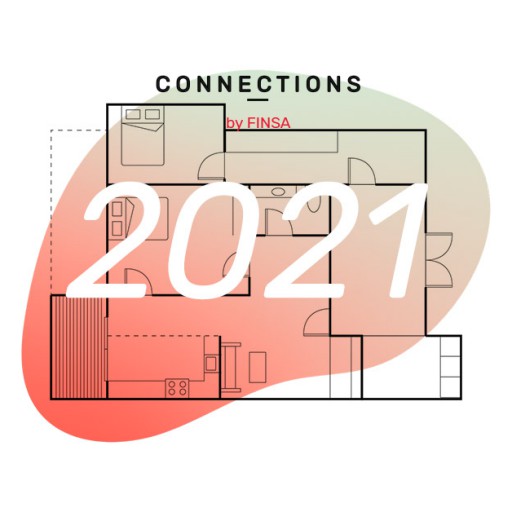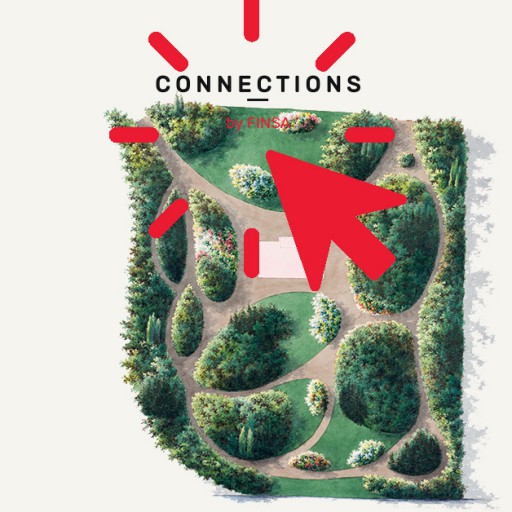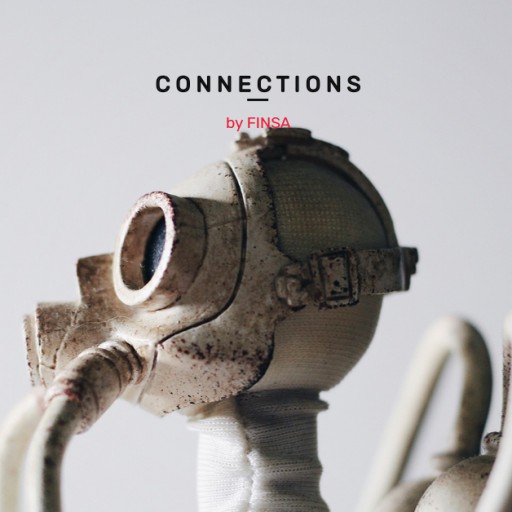Have you ever felt a tingling sensation on the back of your neck that then spreads throughout your whole body and gives you a feeling of intense pleasure? If you have, you’re one of the lucky people that experience ASMR, which is associated with a state of relaxation and helps you get to sleep. ASMR stands for Autonomous Sensory Meridian Response, a name which first appeared in a Facebook group in 2010. Until that time, those that experienced it thought they were alone.
Apple also jumped on the ASMR bandwagon for their Shoot on iPhone campaign
In reality, this sensory experience has always existed as a result of certain stimuli such as whispers, repetitive sounds (e.g. turning the pages of a book, typing on a computer, tapping different objects), gentle movements, or the sound of crunching or scrunching up objects like plastic or paper. However, it was the way it spread on the internet which gave rise to a community of fans that create videos and audio with the sole purpose of generating an ASMR: the ASMRtists.
This ad from the 2019 Superbowl made ASMR mainstream
From the ASMRtists to bad ASMR
It seems simple but, as FreakyASMR says, “touching a book lightly is easy, but putting in the effort to make the sounds relaxing, not so much”. Imagination and originality are very important and good ASMRtists look for new sounds and create videos in which everything is organised and makes sense. It’s best to listen to them with headphones, especially when it comes to binaural recordings, which are created with two microphones and provide 3D sound. Lasting about 20 to 30 minutes, ASMR videos are longer than others on Youtube, something which can be explained by the main purpose of many of them: to help you nod off.
We can also find unintentional ASMR videos which were created for another purpose but in which viewers have discovered the capacity for provoking the ASMR, such as the videos by art restorer Julian Baumgartner.
Is everything we see under the ASMR label on Youtube good ASMR? Of course not. Each individual decides the type of content that provokes a better response for them, and some prefer whispering while others choose crunching. But the ASMR boom has also meant videos that have nothing to do with the phenomenon have appeared on the internet. Do people really enjoy watching a video of someone chewing or slurping soup?
ASMR has reached the general public
This video phenomenon was born in 2010 with WhisperingLife, which debuted its channel with a video of a girl whispering. But it was three years ago that the phenomenon began to spread among internet users. Between 2016 and 2018, searches for ASMR doubled, and Spotify currently has 61,000 monthly ASMR listeners and many ASMR playlists which have more than 100,000 followers. On Youtube, we can find ASMR videos that have more than 1 million plays and channels with hundreds of thousands of subscribers.
The phenomenon has grown so much that it has even reached big brands. Ikea, Dove Chocolate, and KFC are just some of the companies that have created online marketing campaigns based on ASMR videos. Some have even tried to take their campaigns offline, including beer brand Michelob Ultra, which created an ad with Zoe Kravitz for the 2019 Superbowl.
Instagram and visual ASMR
In ASMR, the accompanying image is normally secondary in importance, with the sound being the star. But Instagram has refused to be left out of this phenomenon, and users have created their own type of ASMR. Currently, there are almost 8 million posts with #asmr. These are short, visual clips that follow the same principles of looking for pleasure as other videos and playlists. Videos of slime being mixed with glitter, coloured sand, foam, or cutting soaps are some of the biggest hits. Be careful, they’re hypnotic!
https://www.instagram.com/p/B3Ku5Xbgbxg/?utm_source=ig_web_copy_link
https://www.instagram.com/p/B2KKEclDmA-/?utm_source=ig_web_copy_link
The influence of ASMR on design
ASMR could be a source of inspiration when it comes to designing a space. The key is trying to promote relaxation and pleasant sensations. One example is with the use of materials that allow us to experience different sensations through touch: combining the softness of textiles and the roughness of wood or texturized materials in finishes and furniture pieces stimulate the ASMR without using the internet.
We can also use decorative elements like the well-known miniature Zen gardens, vases filled with small stones or, if you’re on a bigger budget, fountains or aquatic circuits that integrate the sound of water circulating into our surroundings, something which is very ASMR. Decoration is not just another element when it comes to creating ASMR videos. If you don’t believe us, search for ASMR with Christmas decorations on Youtube.




